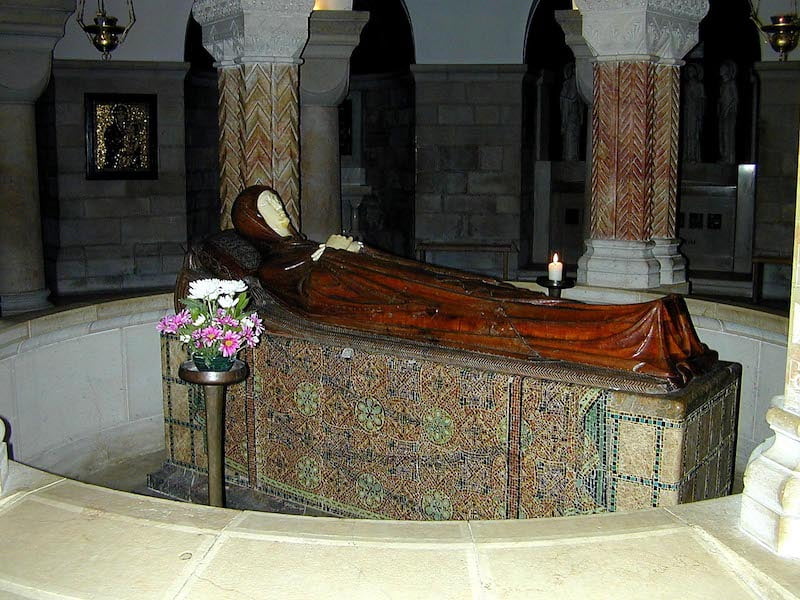SOLEMNITY
Liturgical Celebration
The feast of the Assumption of Mary into heaven is the most significant of the Marian feast days.
- The first reading from the Book of Revelation describes the vision of John about the fight between the dragon and the woman with her son.
- The second reading from 1 Corinthians talks about Christ risen from the dead as the first fruits of those who have died.
- The gospel (Luke 1) describes the visit of Mary to Elizabeth.
History
A Day of the Mother of God on August 15 is mentioned in the Armenian Lectionary from Jerusalem as early as in the 5th century. This day was celebrated as natale – birth (equal to natale – birth of the martyrs). The assumption of Mary means her birth into eternal life.
As such, this feast day was prescribed for the Byzantine Empire in the 6th century and Rome celebrated the Homecoming of Mary (Natale Sanctae Mariae) on August 15 not later than the mid 7th century. Pope Sergius I (687-701) held a procession leading to Saint Mary Major on this day.
After the dogma of the Assumption of the Blessed Virgin Mary into Heaven was defined in 1950, the feast received a more profound emphasis and it was ranked among solemnities.
The difference between the assumption of Mary and the homecoming of other martyrs and saints is nicely expressed in the opening prayer:
Almighty ever-living God, who assumed the Immaculate Virgin Mary, the Mother of your Son, body and soul into heavenly glory…
A blessing of plants is occasionally still practiced on August 15 and probably goes back to the 10th century.
The Assumption of the Blessed Virgin Mary is a holy day of obligation.


